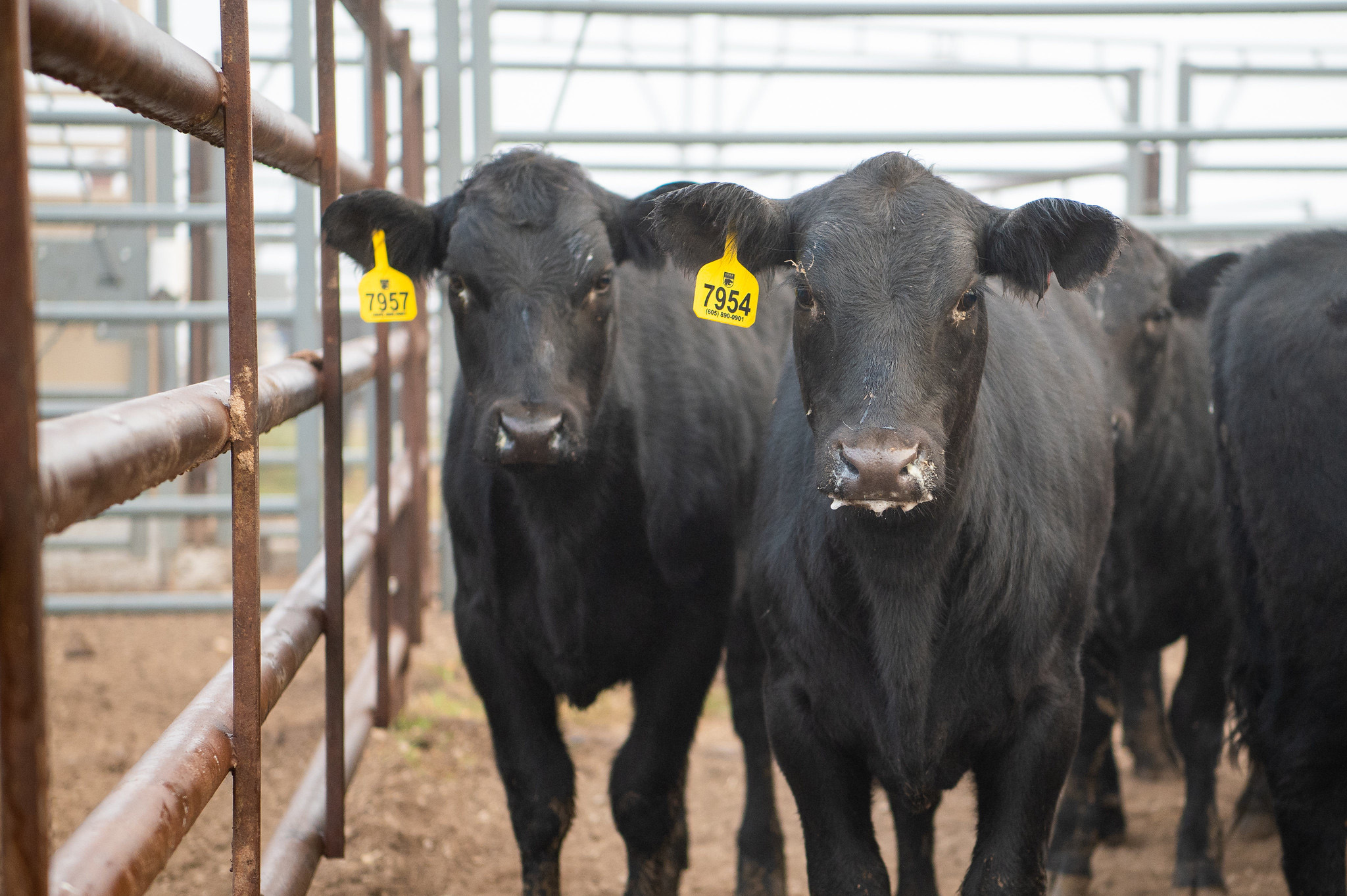While many people would love to see their weight decrease when crossing the scale, beef cattle producers selling cattle by the pound prefer to minimize weight loss animals experience from the farm to the sale facility, said the experts at Kansas State University’s Beef Cattle Institute.
This weight loss is termed shrink.
“Shrink refers to weight loss that occurs when bodily fluids or solids are excreted by the calf between home and the sale location,” said K-State veterinarian Brad White on a recent Cattle Chat podcast.
White said this is often a hidden cost because cattle producers don’t always factor that into their marketing plan.
“From a marketing standpoint, shrink is the difference between the amount of weight I got paid for at sale versus the amount of weight I could have sold if I’d done everything right,” K-State veterinarian Bob Larson said.
How the cattle are managed between home and the point of sale can influence how much weight is lost.
“When cattle are stressed, they will increase the frequency of urination and defecation, which increases the amount of shrink,” said Phillip Lancaster, K-State beef cattle nutritionist.
He added: “So when moving cattle be sure to remain calm and go slowly.”
It is also helpful to have good facilities to move the cattle through, the experts said.
K-State veterinarian Brian Lubbers added that even with good facilities, well-trained animal handlers are important in reducing shrink.
“You can have the best facilities in the world and yet the wrong handlers will totally negate what you are trying to keep from happening in respect to weight loss, so be sure that if you use third-party handlers that they are well-trained,” Lubbers said.
The goal is to minimize the amount of time the cattle don’t have access to familiar feed and water, according to Larson.
“The worst case scenario is to move the cattle from the pasture to a dry lot with little access to feed and water, and then take them to an auction market where they are not weighed for another day or two,” Larson said. “Even if you give them access to feed and water at the new location, it will take time for them to resume eating and drinking.”
The bottom line, White said, is that “some shrink is unavoidable, but it is greatly influenced by how we manage the nutrition leading up to that point and then how we handle those cattle in the transportation process.”
To hear the full discussion, listen to the Cattle Chat podcast online or through your preferred streaming platform.



